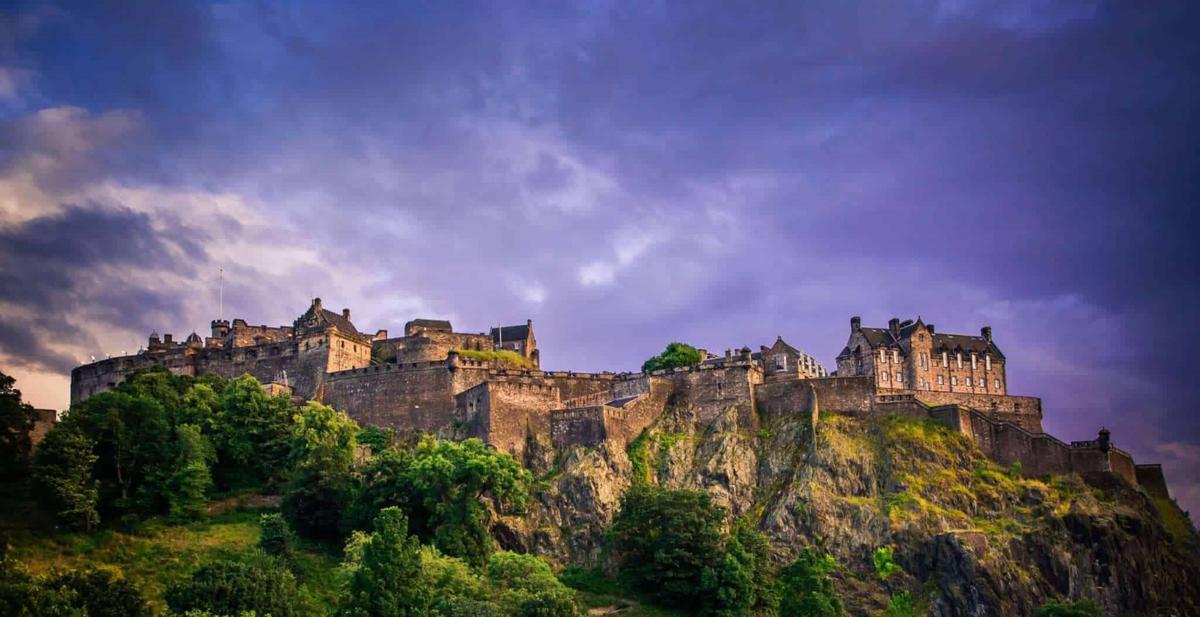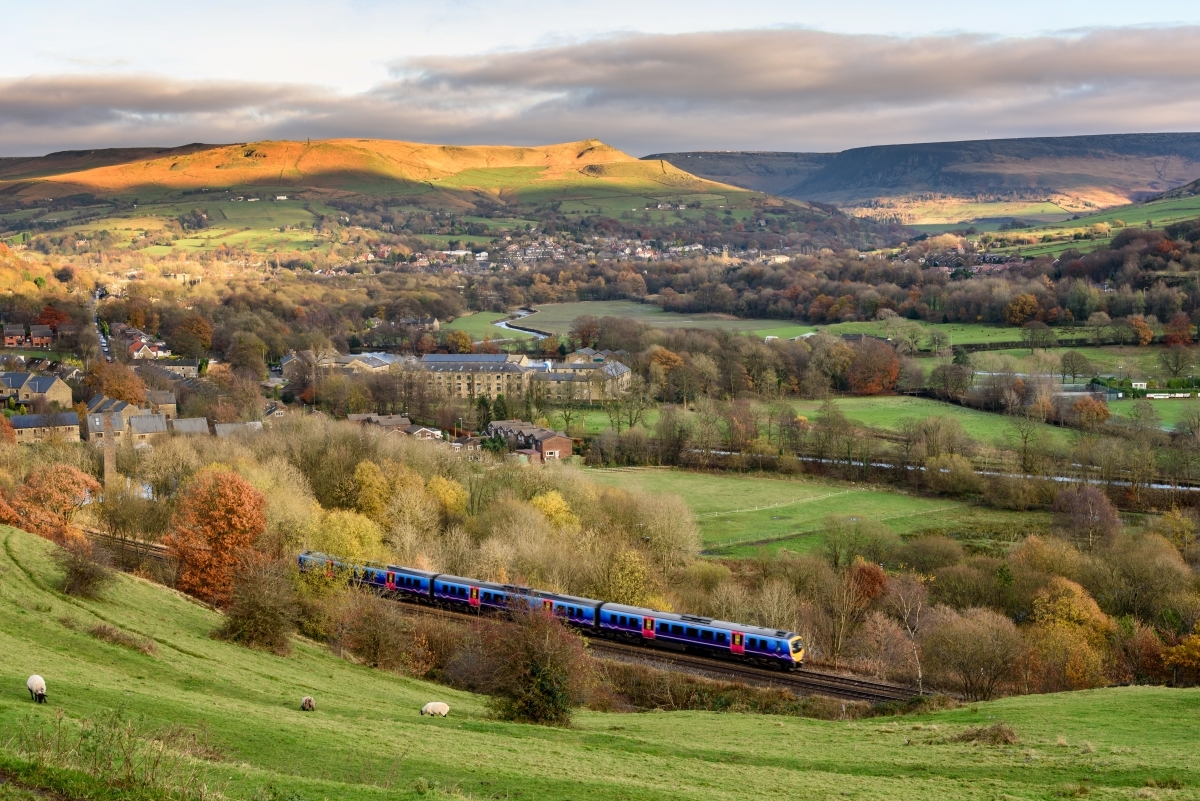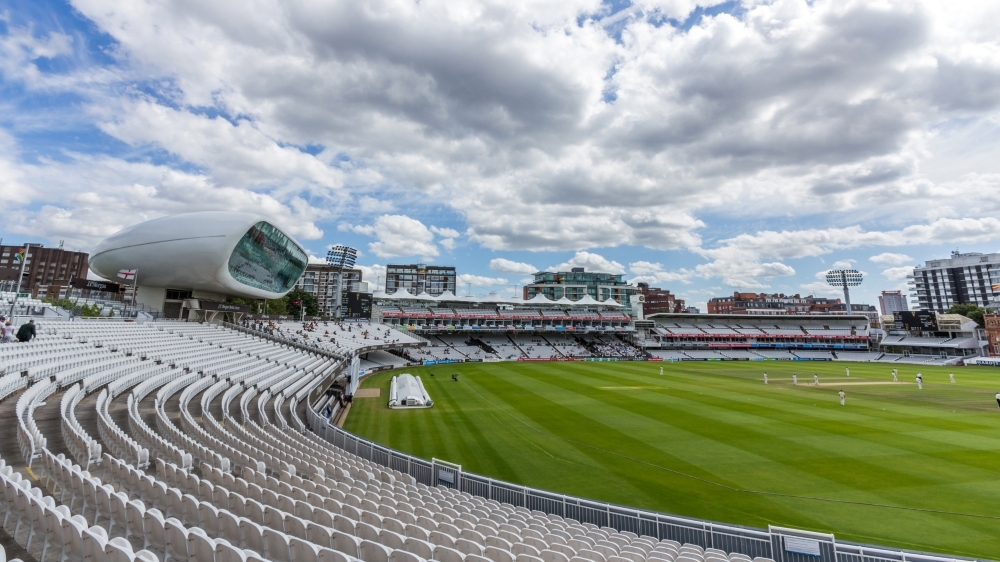Best Views of Edinburgh Castle
It’s hard to overstate the significance and popularity of Edinburgh Castle: from its early history as a tribal fort through to its current status as an iconic beacon of Scottish heritage and culture, enraptured visitors stream through it every year. Two million of them, precisely.


Quite simply the Castle is magnificent: perched high, looming above the city on a rocky volcanic mound known as Castle Rock, is quite a sight, especially on days when streaks of clouds cling around its fortifications, adding to the deep sense of mystery and history. And what a history. Home to fortifications for almost two thousand years, the castle itself was built almost a thousand years ago, in 1103 by King David I, who established it as a royal residence and a key stronghold. During the Wars of Scottish Independence, the castle played a hugely significant role and changed hands multiple times between the Scots and the English in the late 13th and early 14th centuries. A brave and daring nighttime raid in 1314 by Thomas Randolph, Earl of Moray, has gone down in legend from the battles of this period. Its status as a principal Royal residence held strong during the Renaissance and Early Modern Period, even though it saw extended military action during 16th-century conflicts.
But when James VI of Scotland became James I of England in 1603, the castle’s importance in this regard began to decline, and its role changed, taking quite a turn. As it became more of a military garrison and prison, it even held notable prisoners from the Napoleonic and American Revolutionary Wars. After this grisly period, much-needed restoration began to take place in the 19th century – with the Great Hall and St. Margaret’s Chapel (the oldest building in Edinburgh) restored to former glories, and work continued throughout the 20th century. Today, Edinburgh Castle is one of the biggest tourist attractions in Europe. It also houses the Scottish Crown Jewels and the Stone of Destiny, both of which were used in the coronation of Scottish monarchs. Incredible history, and incredible structure unlike many other famous castles, it sits right in the middle of a bustling city, to be admired and enjoyed from countless locations. Here is our pick of the very best.
THE VENNEL
Many people ogle the castle from Princes Street (and beware the unwitting tourists backing into you as they inch and arch backwards to take a better photograph). The Vennel, however, is one of the most iconic and classic shots of the castle you can find and is a little more off the beaten track. Easy to miss, unless you are looking for it, The Vennel is a set of stairs tucked away between an ice cream shop and a jewellers. If you climb the 50 steep steps to the top, you’ll be rewarded with a breathtaking view. Locals in the know say the trick is to climb the stairs and wait until you get all the way to the top before turning around to look. If you’re making the journey back down, be sure to take in the historic Flodden Wall – built to keep out an English invasion after defeat at the battle of Flodden. As you descend, you get a beautiful view of the cobbled street and old brickwork with the castle peeking over the wall.
WEST END CAFES, PRINCES STREET
If you want to dodge the camera-toting tourists stumbling around on the pavements of Princes Street altogether, take refuge in one of the West End cafes for a pinch-yourself view of Edinburgh Castle. Many of them have beautifully painted windows that stretch from floor to ceiling, framing the castle and its surroundings to perfection. And with a coffee and cake in hand, there is no need to even pick up a camera – just let your mind soak up and record what the eyes can see. Cafes in the area are a great pick especially if it’s raining and you have a good book in hand, or great company sitting opposite you.
ST CUTHBERT’S CHURCHYARD
Subtly atmospheric, quietly respectful, St Cuthbert’s Church is also at the West End of Princes Street – opposite The Caledonian Hotel – and is a lovely spot to admire the castle from at any time of year, but particularly when the autumn colours are ablaze. It is surrounded by burial grounds, like most churches, so, while taking in the stunning views as you peek up at the castle through the trees, it’s a place for calm reflection. An added note of interest: the churchyard is the resting place of a number of Edinburgh famous sons, including mathematician John Napier and artist Henry Raeburn.
ROSS FOUNTAIN
When the sun is shining, there is no better place to capture a standout photograph of Edinburgh Castle – rays burning through the water of the fountain in the foreground and castle glistening atop Castle Rock in the background. You’ll find Ross Fountain in Princes Street Gardens West – it’s a stunning feature, originally added in 1872 and recently restored. Take note of the fountain’s gloriously eye-catching colour scheme – against the castle’s moody grey tones, it boasts a vivid gold, brown and aquamarine complexion, which really pops.
For history buffs, it’s worth mentioning that this location wasn’t always such a pretty scene: Princes Street gardens would once have been the ‘Nor Loch’ – filled with decaying bodies, animal waste, and most probably all of the sewage that flowed from Edinburgh Castle.
SALISBURY CRAGS
Flee the crowds and you’ll get rewarded handsomely. This sumptuous view requires a longer journey away from the Castle, but Salisbury Crags is located in Holyrood Park – one of the most peaceful city centre parks – and the walk up is not as high or as far to climb as Arthur’s Seat, though care must be taken with sharp, steep drops. The Crags can be found jutting out beneath Arthur’s Seat – and when you find the right spot and settle down to take in the panorama, the Castle will deliver all its glory. But can your camera do it justice?
Edinburgh Castle has affected artists, writers, and poets for centuries: Dark and stormy is the sky, Edinburgh Castle looms so high; A sentinel upon the hill, Silent, watchful, standing still – the moving words of Robert Louis Stevenson. With its grandeur and historical significance, it still provides rich inspiration to this day – so make sure you catch the best glimpse you can of this magnificent historic fortress, which continues to illuminate the Edinburgh skyline.



